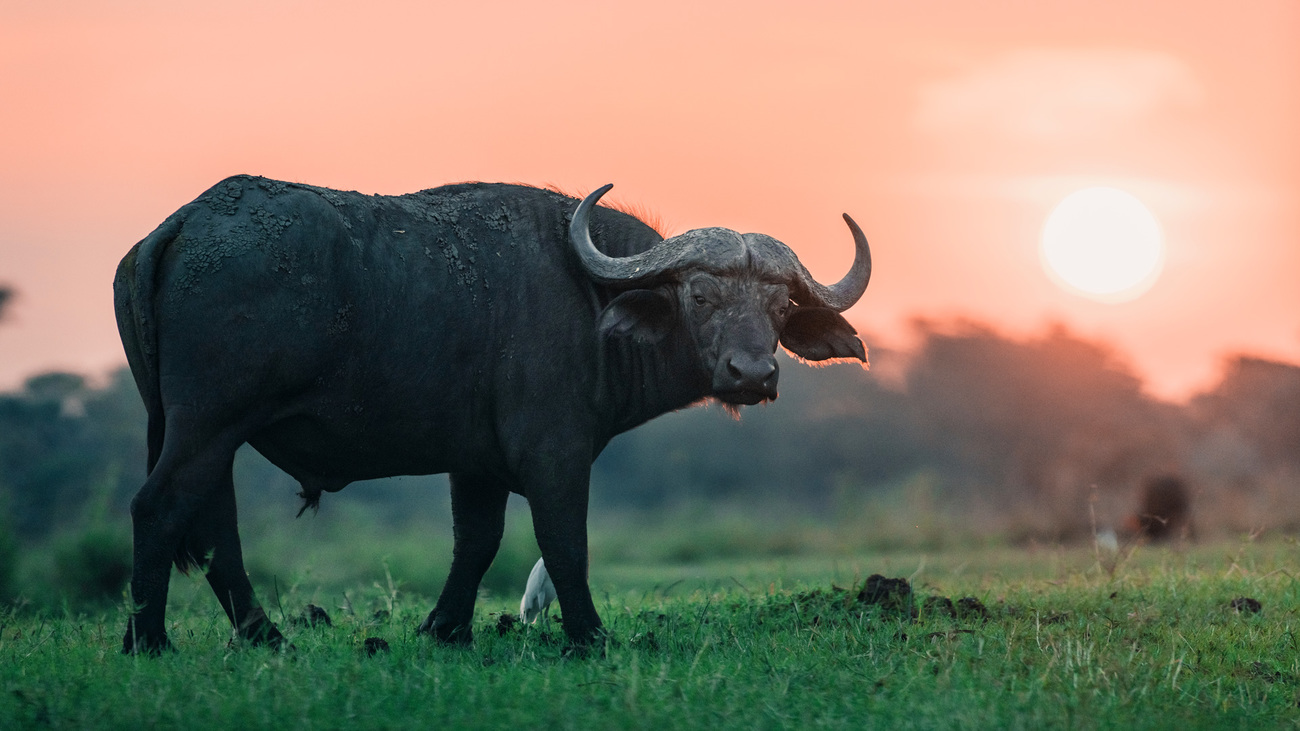Phillip Kuvawoga
banking on the future: balancing competing claims for natural capital in landscapes
banking on the future: balancing competing claims for natural capital in landscapes

Since the turn of the millennium, natural resources conservation has dominated global forums and has resulted in bold strategic visioning around forests, water, wildlife, landscapes, and seascapes. The Living Planet Index (LPI) report of 2016 and Intergovernmental Science-Policy Platform on Biodiversity and Ecosystem Services (IPBES) 2019 global assessment report reveals a shocking decline in global species and biodiversity driven by population growth, urbanization and the increased demand for food and agricultural products [1]. Solutions to address these challenges require science-based collective actions especially among young and vibrant professionals.
A very interesting narrative can be drawn around natural capital status and conservation in Africa. Current records show that Africa is home to the largest elephant and rhino populations remaining in the world. Furthermore, it has large tracts of land suitable for agricultural expansion, and a plethora of other land based and underground resources; hence the potential to feed a significant proportion of the world’s population estimated at 11.2 billion by 2100. These natural assets provide a solid foundation for long-term benefit streams to individuals and society. Despite this huge potential, many African countries remain poor with local communities entangled in a vicious cycle of poverty. With better governance and utilization frameworks, conservation of natural resources can spearhead socio-economic development at the local, national and regional levels. Promotion of vibrant entrepreneurship in various sectors including tourism, forest, fisheries, and agriculture can ignite and contribute to sustainable development.
The ability of ecosystems to continue providing services to society largely depends on their health and integrity. Yet, competing for claims on landscapes and access to increasingly scarce natural resources lies at the heart of many local, national and international conflicts. Agreeing on critical pathways to achieve this has proven very difficult arising from major tensions that exist between global values regarding nature conservation, national interests in agricultural production, non-renewable resource extraction re: mining, gas, oil, tourism development, and the socio-cultural values and livelihoods of local populations [2]. Tensions over access and use of natural resources span multiple ecological and socioeconomic scales and involve societal stakeholders with different worldviews. As such the need to convene, talk, and negotiate must be embedded in solutions for people and nature to thrive in harmony.
The acknowledgment of these complex competing claims on natural resources justifies the profound importance for the role of science and policy on resource use and management. It requires an interdisciplinary approach, that integrates social and natural science perspectives. In this regard, natural resource managers need to have a distinct understanding of the goals and aspirations of the various stakeholders or actors in the landscape.
Lasting solutions to threats posed by competing claims on natural capital requires an understanding of the drivers of conflict over natural resources. Stakeholders need to engage in negotiation processes to develop new or at least partially shared problem definitions and understandings based on a social-learning process. Finding convergence and potential areas for linkages is critical to establishing and nurturing partnerships and eventually a movement anchored by a shared vision. The identification of “win-win” solutions among a subset of actors is important to tame the tide. A good example of integrative negotiations between local farmers and wildlife conservationists is to complete the question “how to make farming communities benefit from wildlife conservation?” [3]. This provides an opportunity for the development of joint tourist facilities or a value-added production chain for “wildlife-friendly food products,” from which both wildlife conservationists and farmers benefit. Integrative negotiations play a greater role in finding solutions to competing claims to ensure the harmonization of activities while guaranteeing the persistence of natural capital.
Enabling policies that recognize and protect natural landscapes in the face of competing claims is crucial for the persistence of healthy ecosystems. Policy incompatibilities often create pressure on natural capital. Therefore, harmonization of policies through comprehensive resource use planning which is based on integrative strategies may yield positive results minimizing the damage on natural landscapes. Innovative mechanisms that promote stakeholder compliance with agreed policies and practices must be put in place. Such should provide incentives for compliance with policy provisions at the expense of cohesive strategies that often meet resistance among stakeholders.
The recognition that ecosystems and natural capital often span international boarders has inspired a large number of Transfrontier Conservation Areas (TFCAs) across Africa important for maintaining habitat connectivity for keystone species such as elephants. This approach combines policies of wildlife conservation, community development, and the promotion of culture and peace under one roof. This conservation delivery model presents a great prospect for integrated planning, achieving both the conservation and development agenda at a scale that covers whole ecosystems. For African countries that still have wildlife populations outside protected areas, this landscape-based approach is a viable proposition.
IFAW already has its conservation footprint in some of these landscapes namely the Kavango Zambezi TFCA, the Malawi- Zambia TFCA, and the Greater Kilimanjaro TFCA. Our conservation efforts in partnership with host governments and other actors contribute towards habitat conservation, wildlife protection, and creating an enabling environment for people and animals to thrive together. More needs to be done to ensure the persistence of wild animals and nature for future generations, a fit that requires new thinking and bold action under ever-increasing competing demands for natural resources.
-Phillip Kuvawoga, Program Director Landscape Conservation
[1] IPBES (2019), Summary for policy makers of the global assessment report on biodiversity and ecosystem services on Biodiversity and Ecosystem Services, IPBES Secretariat, Bonn, Germany.
[2] Meijer et al (2019). Integrated landscape management and natural capital accounting: Working together for sustainable development.
[3] Novo, A., Jansen, K., Slingerland, M., & Giller, K. (2010). Biofuel, dairy production and beef in Brazil: competing claims on land use in São Paulo state. The Journal of Peasant Studies, 37(4), 769-792
Related content
Our work can’t get done without you. Please give what you can to help animals thrive.